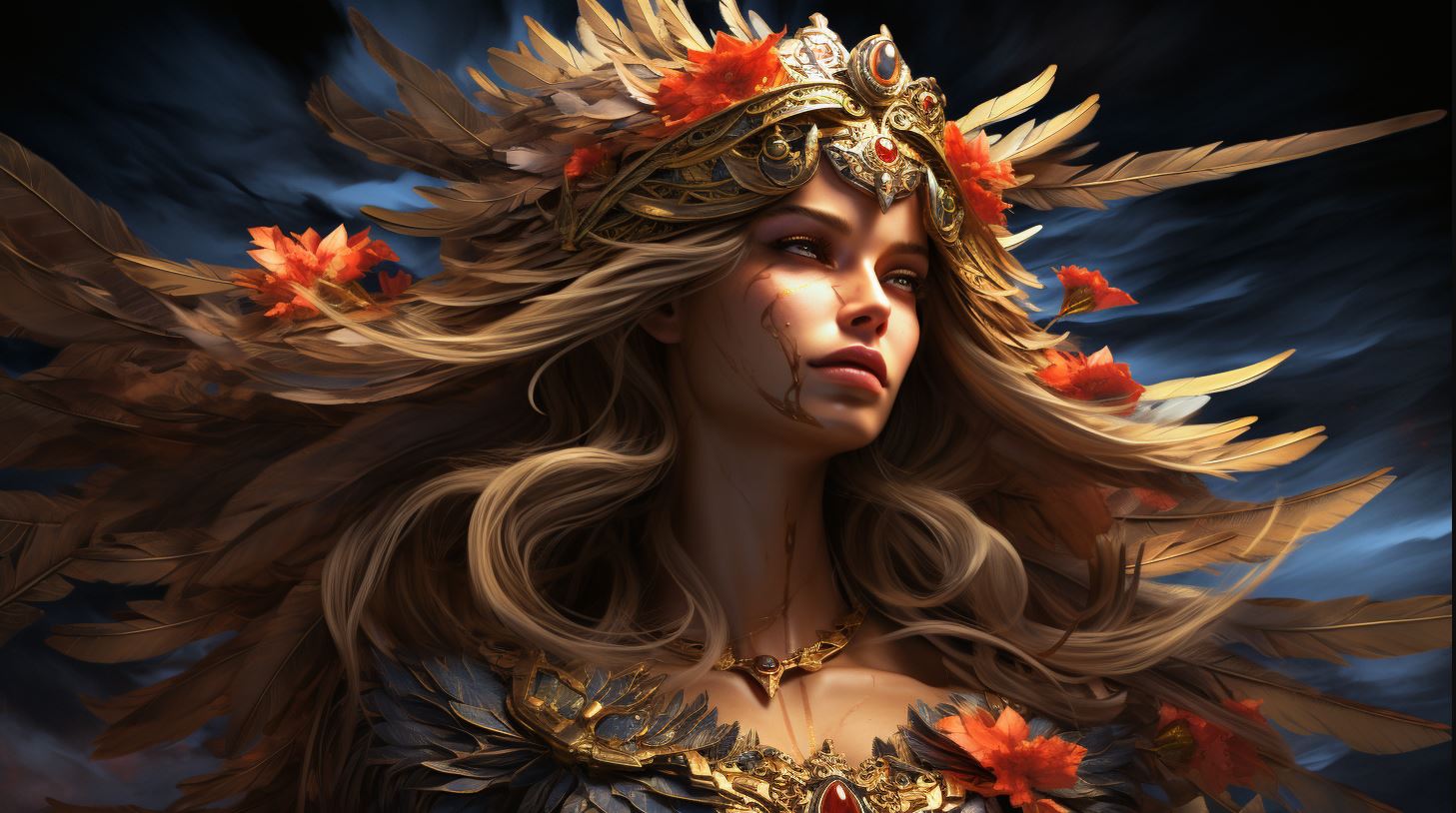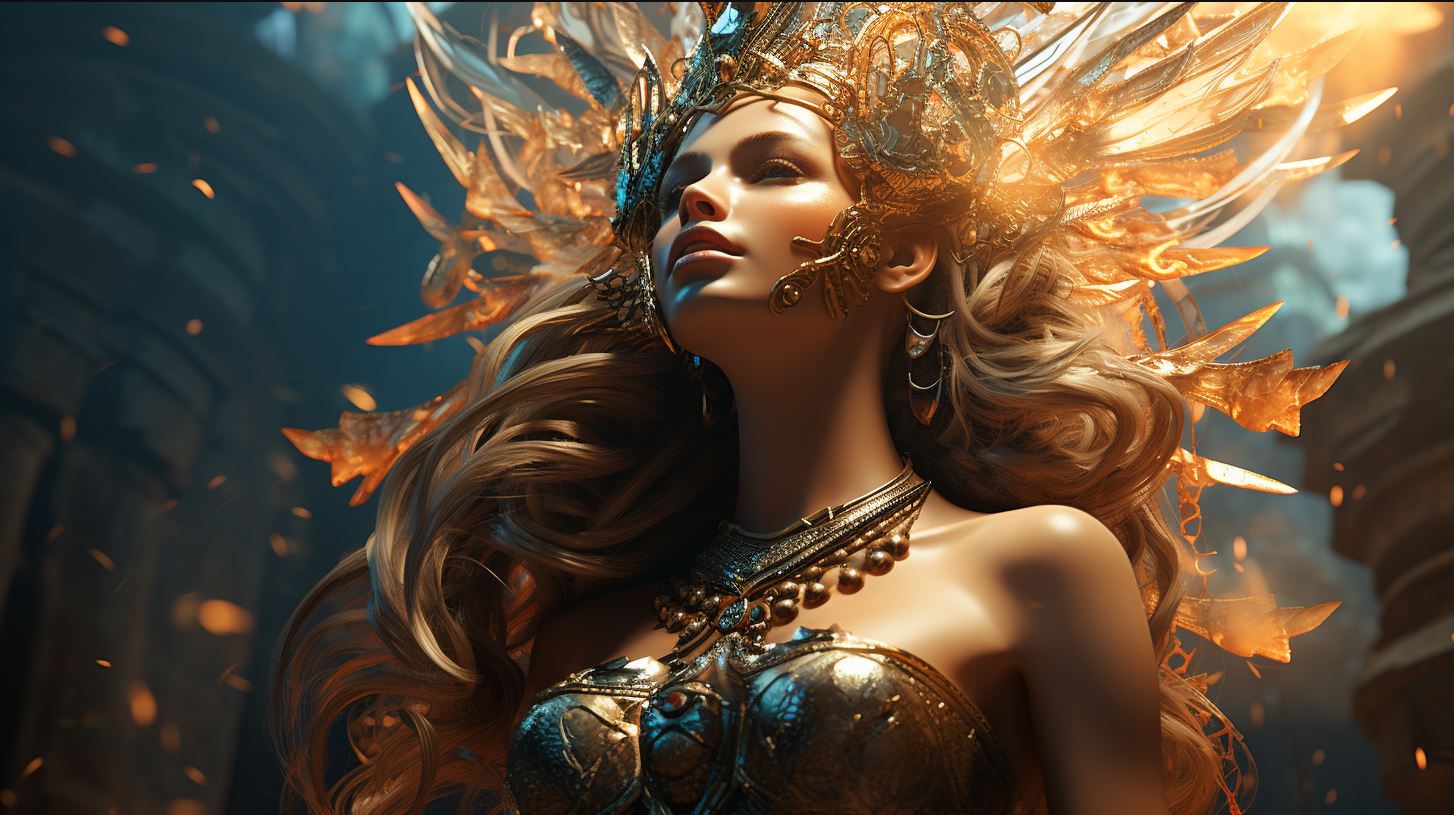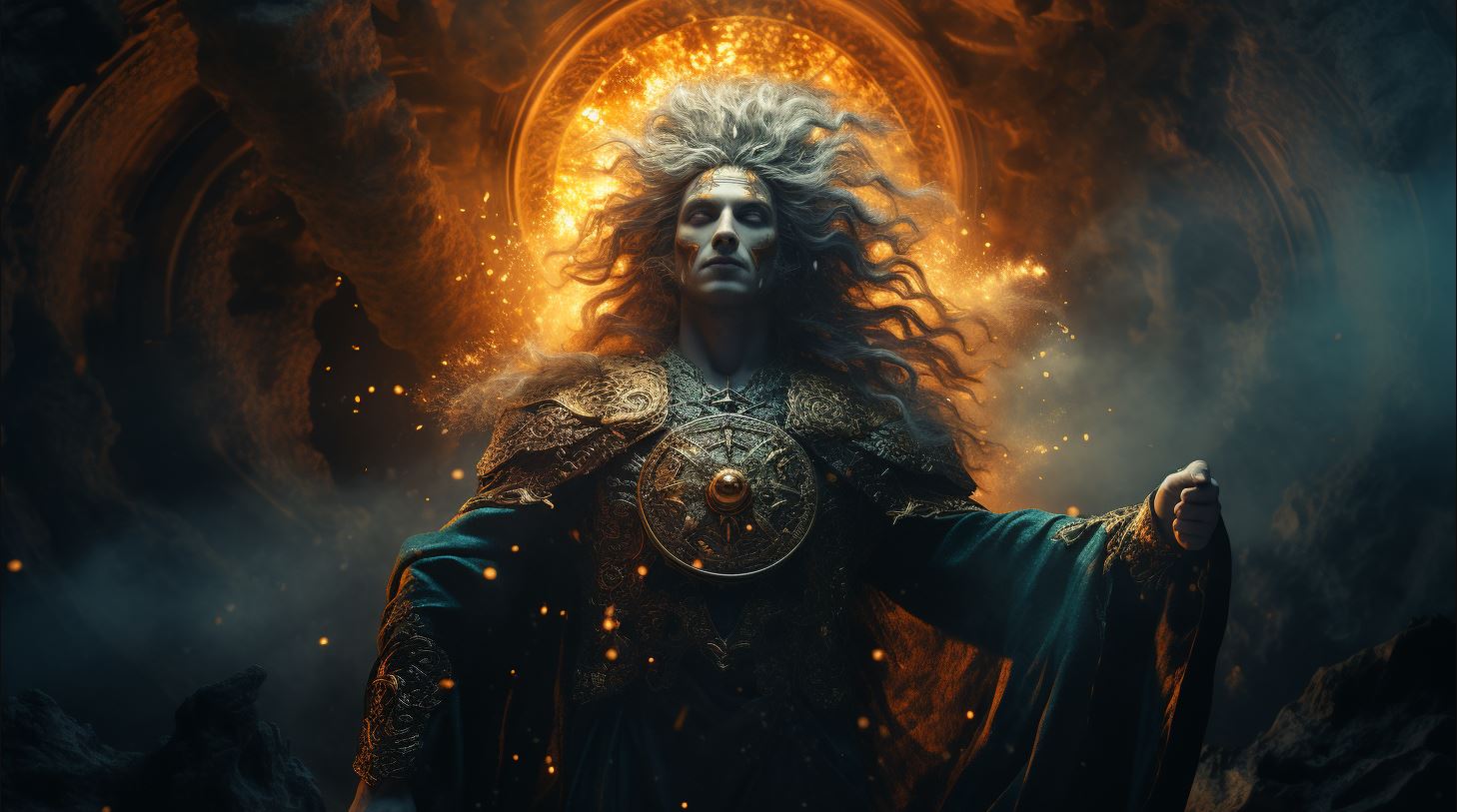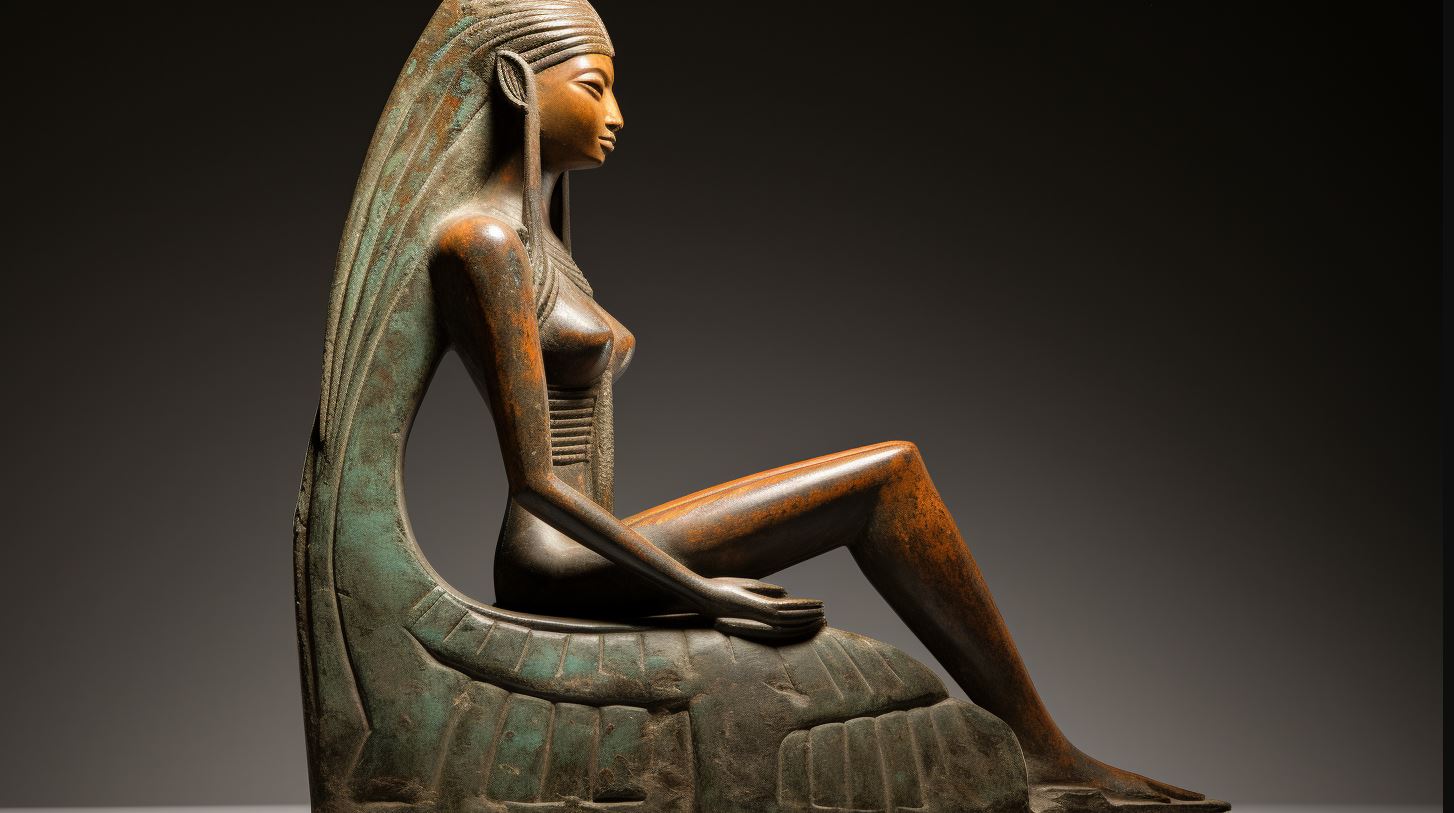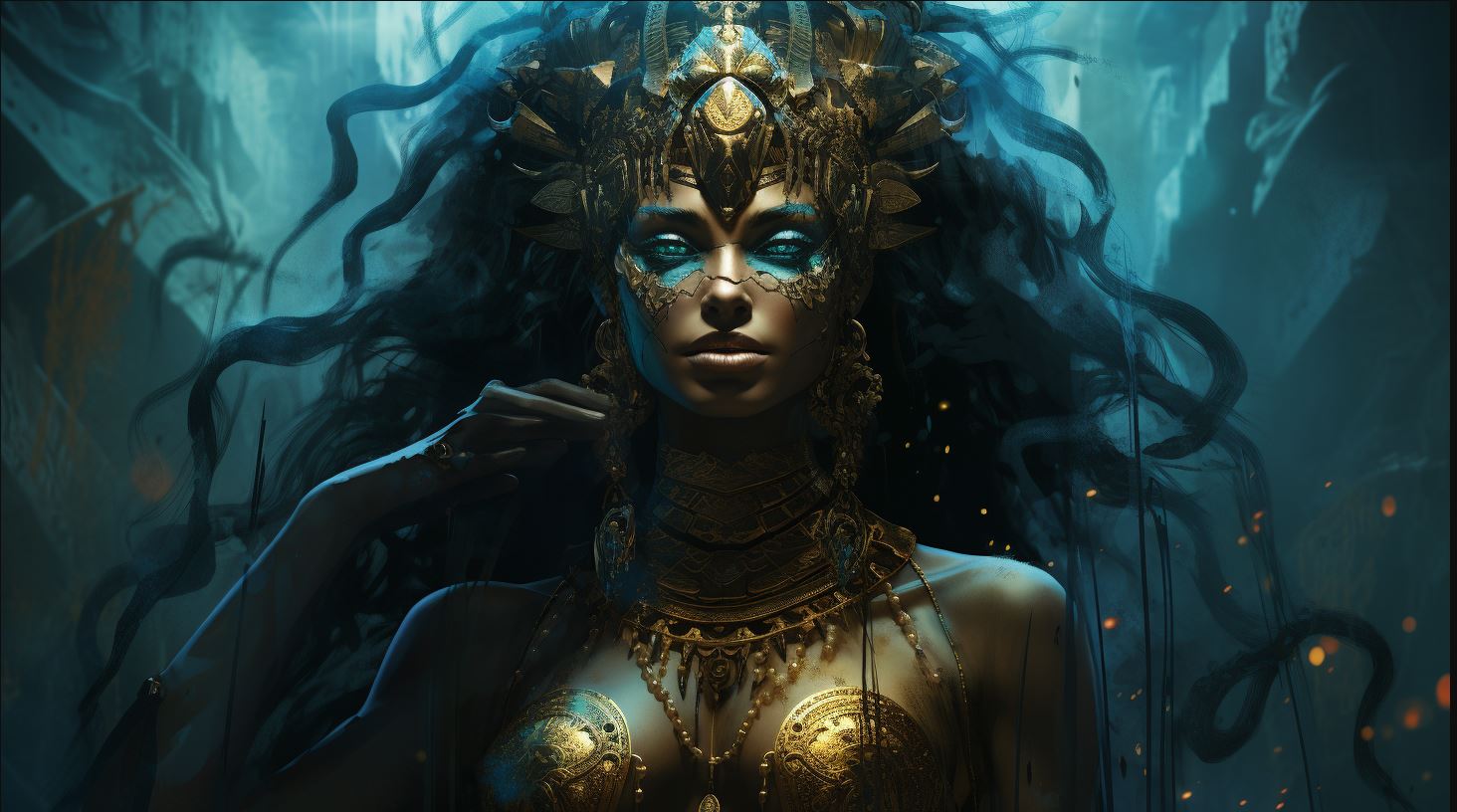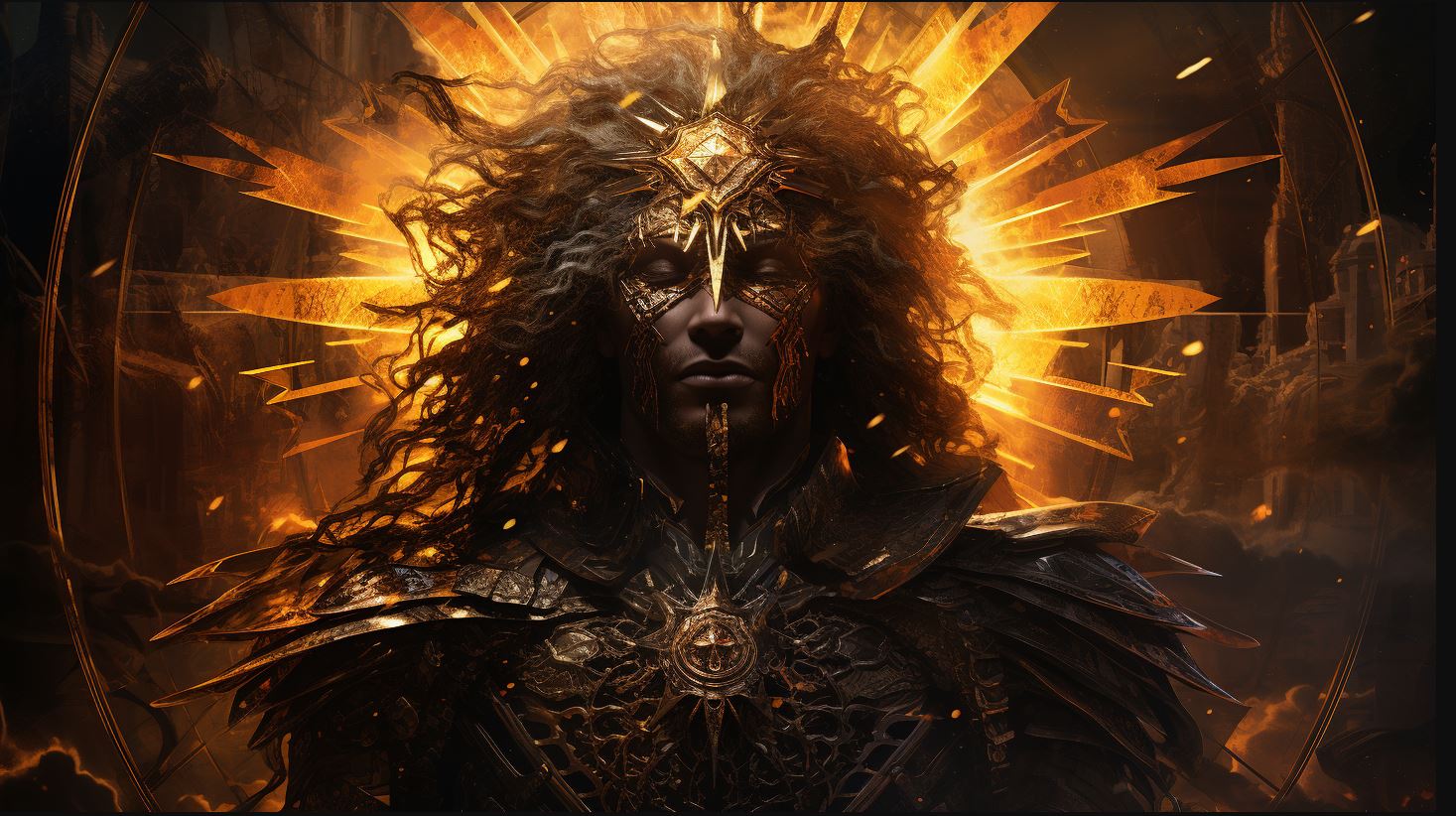Baal Canaanite God: History and Modern Culture
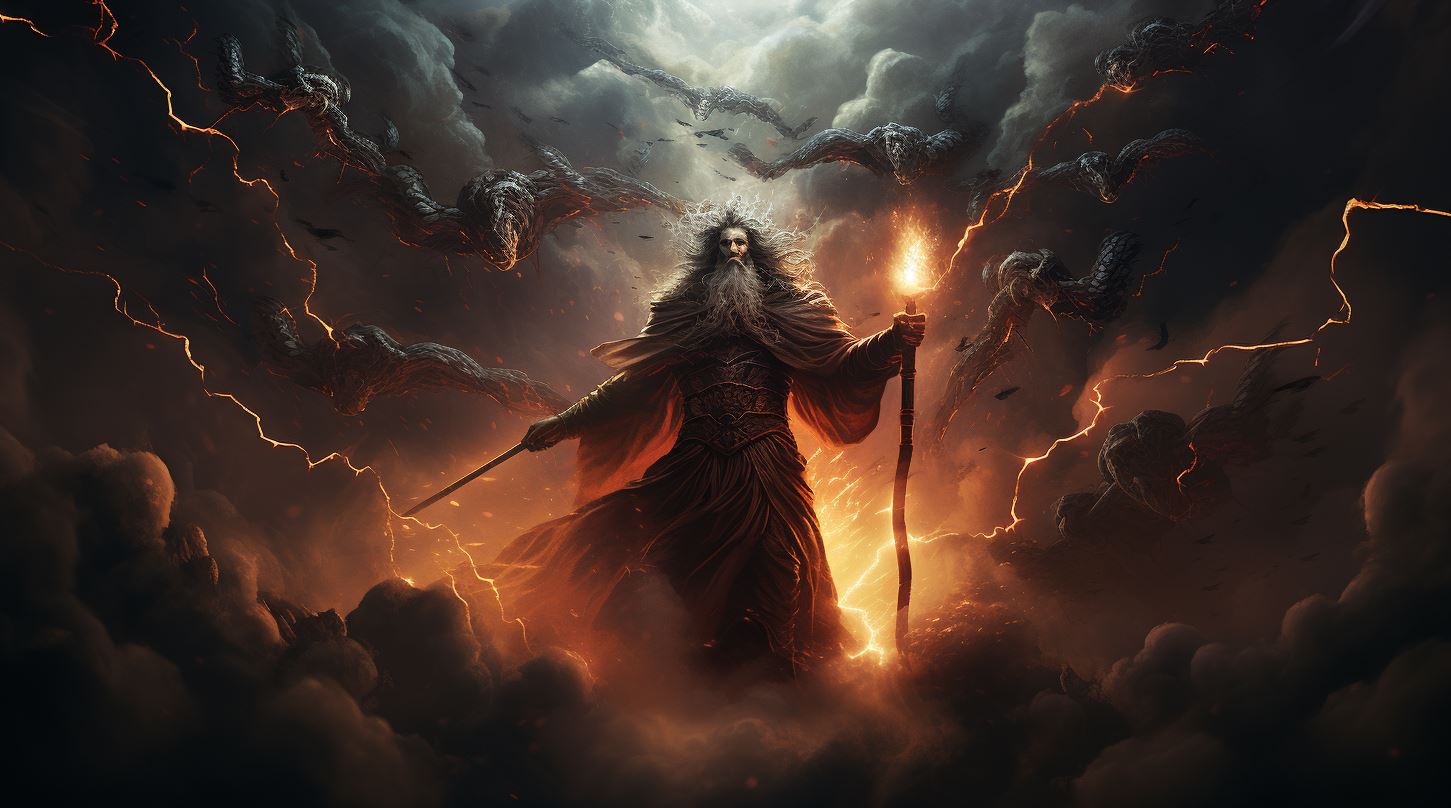
Baal Canaanite God is an intriguing deity deeply rooted in the ancient Canaanite religion. This article explores the mythology surrounding Baal, delving into its origins and significance within the Canaanite pantheon.
We also examine Baal’s worship rituals and practices, as well as its complex relationship with other Phoenician and Canaanite gods. Furthermore, we delve into the Hebrew Bible’s interpretations and references to Baal and its impact on ancient Israelite religion.
Lastly, we explore Baal’s historical significance and its enduring influence on modern culture, including art, literature, and popular culture.
Baal Canaanite God: Exploring the Ancient Deity’s Mythology
As we delve into the mythology of the Canaanite god Baal, we are introduced to the fascinating origins and significance behind this ancient deity within the Canaanite religion. Baal, often depicted as a storm and fertility god, held a prominent role in the pantheon of Canaanite gods.
Origins and Significance of Baal in Canaanite Religion
The origins of Baal can be traced back to ancient Canaanite culture, where he was revered as a powerful god associated with natural forces, particularly storms, rain, and agricultural fertility. Many believed that Baal’s powers were essential for ensuring a prosperous harvest and bringing blessings upon the land.
Within the Canaanite mythology, Baal was often depicted as the son of El, the supreme god of the Canaanite pantheon. As the divine storm god, Baal was seen as the one who brought rain, thunder, and lightning, essential elements for the prosperity and growth of crops.
Baal Worship: Rituals and Practices
The worship of Baal involved elaborate rituals and ceremonies, often conducted in sacred places such as temples and sanctuaries. These rituals aimed to appease Baal and seek his favor for agricultural abundance and protection from natural disasters.
Devotees would offer sacrifices, including animals and agricultural produce, to honor Baal and seek his blessings. Prayers and hymns were recited to praise the deity and express gratitude for his benevolence.
The rituals also involved dance, music, and communal feasting to celebrate Baal’s power and generosity.
Baal and Yahweh: A Clash of Deities in Ancient Israel
The Hebrew Bible describes the conflict between the followers of Baal and the prophets of Yahweh.
This clash reflects the struggle to establish monotheistic worship in ancient Israel and the efforts to eradicate the influence of Baal worship among the Israelites.
Despite the condemnation of Baal worship in Israelite religious texts, Baal’s presence and influence continued to be felt among the people, revealing the enduring impact of this ancient Canaanite god.
In conclusion, the exploration of Baal Canaanite God allows us to gain insights into the mythology, rituals, and clash with Yahweh that characterized ancient Canaanite religion.
Understanding Baal’s significance and its intricate relationship with other deities expands our knowledge of the religious beliefs and practices of the time.
Baal in the Hebrew Bible: Interpretations and References
Baal’s Presence in the Old Testament
Baal, the Canaanite god, is mentioned in various instances throughout the Old Testament, representing a significant presence in the religious and cultural history of the ancient Israelites. His name appears in narratives, poetry, and prophetic writings, highlighting the interaction and conflicts between Baal worship and the worship of Yahweh.
Baal as a Symbol of Foreign Influence in Israelite Religion
In Hebrew scriptures, Baal symbolizes the influence of foreign gods and idolatry on Israelite religion. The worship of Baal, often associated with fertility, prosperity, and agricultural abundance, attracted the Israelites, leading them astray from their monotheistic faith in Yahweh.
The presence of foreign deities like Baal sparked debates and struggles for religious purity within the Israelite community.
Debates and Interpretations of Baal’s Role in Hebrew Scriptures
The depiction and role of Baal in Hebrew scriptures have been subjects of debates and varied interpretations among scholars. Some view Baal as simply an idol or false god, while others argue that his presence serves as a theological and sociopolitical commentary, emphasizing the constant struggle between monotheism and polytheistic beliefs in ancient Israel.
The significance attributed to Baal’s role differs across different books and contexts within the Hebrew Bible.
Understanding Baal’s presence, symbolism, and interpretations in the Hebrew Bible is crucial for grasping the complexities of ancient Israelite religion, the evolution of monotheism, and the cultural interplay between indigenous beliefs and external influences.
Baal’s Relationship with Other Phoenician and Canaanite Gods
Baal’s position in the Canaanite pantheon was closely intertwined with other gods and goddesses worshipped in the region.
Among these deities were Asherah, El, Anat, and Astarte. Baal was often depicted in art and mythology alongside these gods, highlighting their interconnectedness.
The relationship between Baal and these deities varied, with some being depicted as siblings or consorts.
Baal’s association with Asherah, the mother goddess, highlights their roles in fertility and the cycle of life.
Together, they represented the generative forces of nature, ensuring the prosperity of crops and the continuity of life.
Baal’s Influence on Fertility and Nature Worship
Baal’s worship centered around the fertility of the land and the blessing of abundant harvests. The rituals and practices associated with Baal included offerings, prayers, and fertility rites performed by priests and followers.
These ceremonies sought to ensure the favor of Baal, who was believed to control the rains and the fertility of the earth.
Baal’s influence on fertility worship extended beyond the agricultural domain.
The god was also associated with virility and the propagation of life. As such, Baal’s worship often involved rituals that aimed to promote fertility and ensure the continuity of the community.
Comparing Baal with Similar Deities in Nearby Cultures
While Baal shared similarities with other deities across the ancient Near East, such as Mesopotamian storm gods like Marduk and Adad, he also had distinct characteristics that set him apart. Unlike some of his counterparts, Baal was not solely associated with a single aspect of nature or power.
Baal’s multifaceted nature allowed him to be worshipped as a god of storms, rain, fertility, and even kingship. This distinguishing feature made Baal a central figure in the religious and social lives of the Canaanite and Phoenician peoples.
- Baal was associated with storms, symbolizing his power over nature’s forces.
- Unlike Marduk and other Mesopotamian deities, Baal’s dominion extended beyond a specific city or kingdom.
- His role as a fertility deity united agricultural and human reproduction within his realm of influence.
- As a god of kingship, Baal represented the divine authority bestowed upon rulers.
The distinct qualities of Baal made him a revered and complex deity, influencing the religious practices and beliefs of the Canaanites and Phoenicians in unique ways.
Baal in History and Modern Culture
Baal’s Role in the Ancient Near East
The Canaanite god Baal played a significant role in the ancient Near East. As one of the most prominent deities of the Canaanite pantheon, Baal was worshipped throughout the region.
He was believed to have control over various aspects of life such as fertility, weather, and crops, making him a revered figure in agriculture-based societies.
Baal’s Influence on Later Religions and Mythologies
The influence of Baal extended beyond the Canaanite civilization and had a profound impact on later religions and mythologies. His portrayal as a powerful and charismatic god resonated with different cultures and inspired the development of similar deities in neighboring lands.
For example, the Phoenician god Melqart and the Carthaginian god Baal Hammon share many characteristics with Baal, demonstrating the permeation of his influence across ancient Mediterranean civilizations.
Baal’s Legacy in Art, Literature, and Popular Culture
Baal’s legacy can also be observed in various forms of art, literature, and popular culture. Throughout history, artists and writers have drawn inspiration from Baal’s mythology and incorporated his imagery and symbolism into their creations.
From ancient Mesopotamian sculptures to modern novels and films, Baal’s presence continues to captivate the imagination of artists, contributing to his enduring legacy in human culture.












